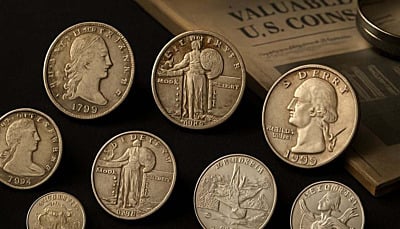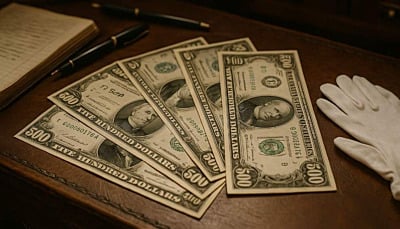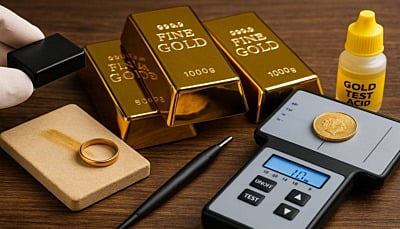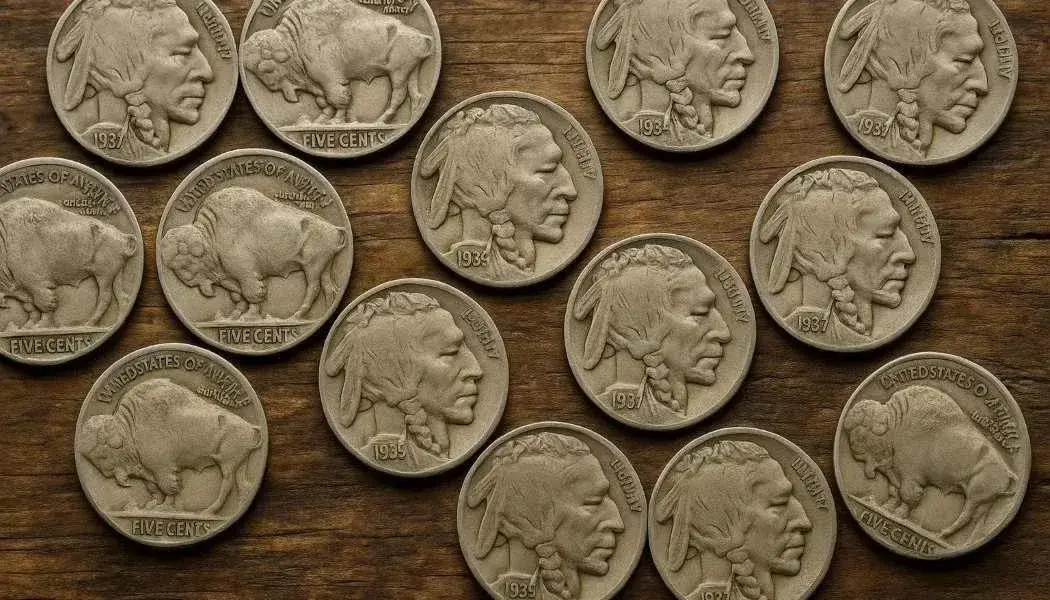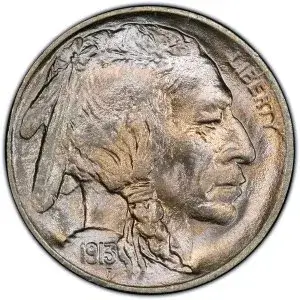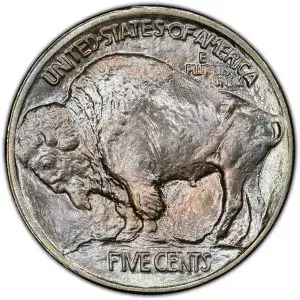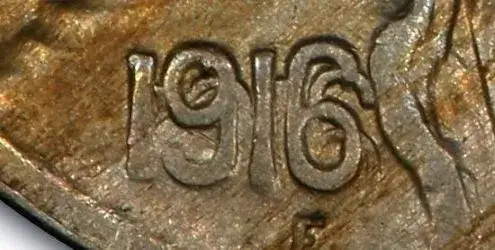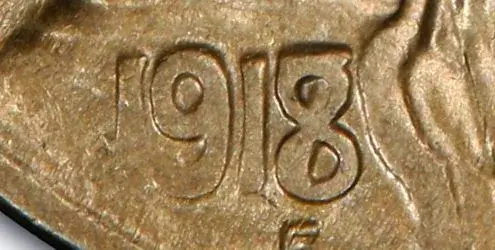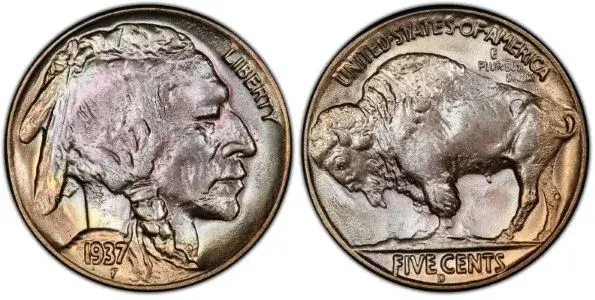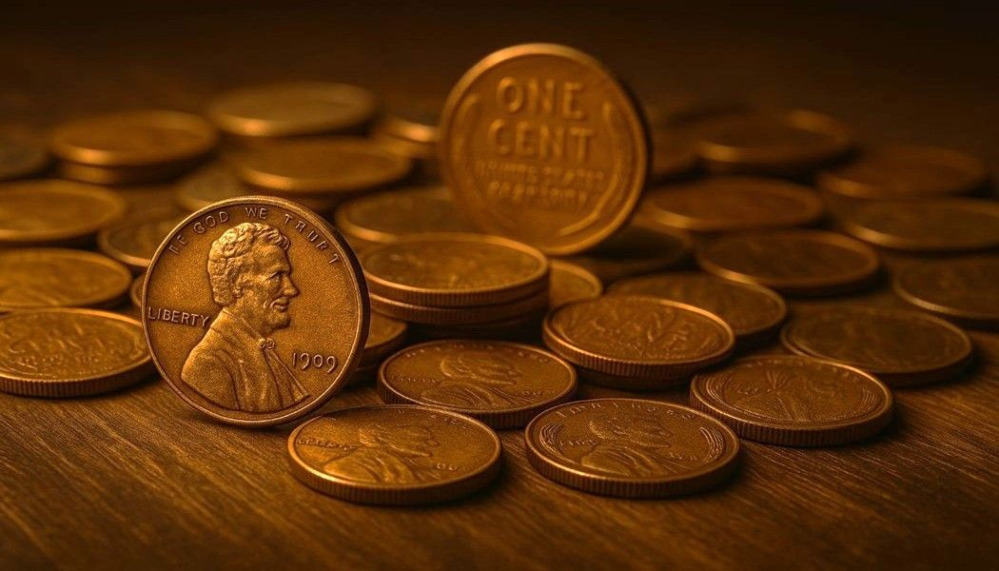The Birth of the Buffalo Nickel
The Buffalo Nickel, also known as the Indian Head Nickel, stands as one of the most iconic coins in American history. Created by sculptor James Earle Fraser, this five-cent piece was introduced in 1913 as a successor to the V-Nickel and was minted until 1938. Composed of 75% copper and 25% nickel, the Buffalo Nickel was celebrated for its uniquely American design, which paid tribute to the nation's indigenous people and its rich wildlife. Over its 25 years of production, the Buffalo Nickel became a beloved symbol of American culture and heritage.
Historical Background
The idea for redesigning the five-cent piece originated in 1911 when Eames MacVeagh, son of Treasury Secretary Franklin MacVeagh, suggested that his father seize the opportunity to refresh the nickel’s design. At that time, U.S. coin designs were subject to a 25-year interval before they could be changed, and the nickel was the only eligible coin during MacVeagh's administration. U.S. Mint Director Abram Andrew then began searching for new designs, ultimately selecting those submitted by James Earle Fraser, a former apprentice of Augustus Saint-Gaudens. Although Fraser initially proposed several designs, including one featuring Abraham Lincoln, his final submission depicting a Native American and a buffalo was chosen for its powerful representation of the American spirit.
Design Challenges and the Hobbs Controversy
The Buffalo Nickel's journey to production was not without obstacles. In 1912, after the new design was announced, concerns were raised by Clarence Hobbs of the Hobbs Manufacturing Company, a firm that produced coin-operated machines. Hobbs argued that his machines, which detected counterfeit coins, would not function correctly with the new nickel design. Despite months of lobbying and attempts to alter the design, Treasury Secretary MacVeagh decided to proceed with Fraser’s original concept. Even after Hobbs appealed directly to President Taft, the administration refused to delay the coin’s release, and production of the Buffalo Nickel began as planned, marking the start of a new era in American coinage.
1913 Buffalo Nickel
The Artistry and Varieties of the Buffalo Nickel
The Buffalo Nickel's design is a masterpiece of American coinage. The obverse features a composite portrait of three Native American chiefs, symbolizing the dignity and strength of indigenous cultures. The reverse showcases an American Bison, often referred to as a buffalo, standing on a grassy mound. This original design, known as the 1913 Type I or “Mound Type,” was slightly modified later that year to flatten the mound beneath the buffalo, creating the Type II design. Minor adjustments were made over the years to enhance the clarity of the inscription "LIBERTY" and to address issues with the coin's wearability.
One of the most famous varieties of the Buffalo Nickel is the 1937-D "three-legged" nickel, resulting from a minting error at the Denver Mint. This variety, along with others such as the 1916 Doubled Die Obverse and the 1918-D 8 Over 7, has become highly prized among collectors, adding to the coin's legacy.
Valuation and Importance of Grading Buffalo Nickels
Buffalo Nickels are highly valued in the numismatic community, with prices varying widely based on the year, mint mark, and condition of the coin. While many Buffalo Nickels are relatively common and affordable, certain key dates and error coins can fetch significant sums. Some of the most valuable varieties include:
- 1914 Buffalo Nickel: 4 Over 3: Valued from $240 and $75,000+ depending on condition.
- 1916 Buffalo Nickel: Doubled Die Obverse: Ranges from $2,300 to $300,000+ depending on condition.
1916 DDO Buffalo Nickel close-up view
- 1918-D Buffalo Nickel: 8 Over 7: Extremely rare, valued upward of $350,000 depending on condition.
1918-D Buffalo Nickel: 8/7 overdate magnified
- 1926-S Buffalo Nickel: Valued at upwards of $250,000 in high grades.
- 1935 Buffalo Nickel: Doubled Die Reverse: Valued between $45 and $85,000+ depending on condition.
- 1937-D Buffalo Nickel: 3 Legs: Ranges from $570 to upward of $100,000 depending on condition.
1937-D Buffalo Nickel: 3 Legs
Grading plays a crucial role in determining the value of Buffalo Nickels. Professional grading services like the Professional Coin Grading Service (PCGS) or the Numismatic Guaranty Company (NGC)) provide reliable assessments of a coin's condition, which is essential for establishing its market value. Coins in higher grades, particularly those with well-preserved details and minimal wear, are highly sought after and can command premium prices.
Why the Buffalo Nickel is Cherished
The Buffalo Nickel is more than just a coin; it is a symbol of America's cultural and historical heritage. Its unique design and the story behind its creation make it a treasured piece of numismatic history. At NYC Bullion, we honor the Buffalo Nickel's place in American history, recognizing it as a link to the past and a lasting testament to the artistry and craftsmanship of early 20th-century coinage.
Images sourced from: PCGS CoinFacts
Continue learning about iconic American coinage:
The 25 Most Valuable Buffalo Nickels: A Collector’s Guide
Lincoln Wheat Pennies (1909-1958): A Gateway to American History

